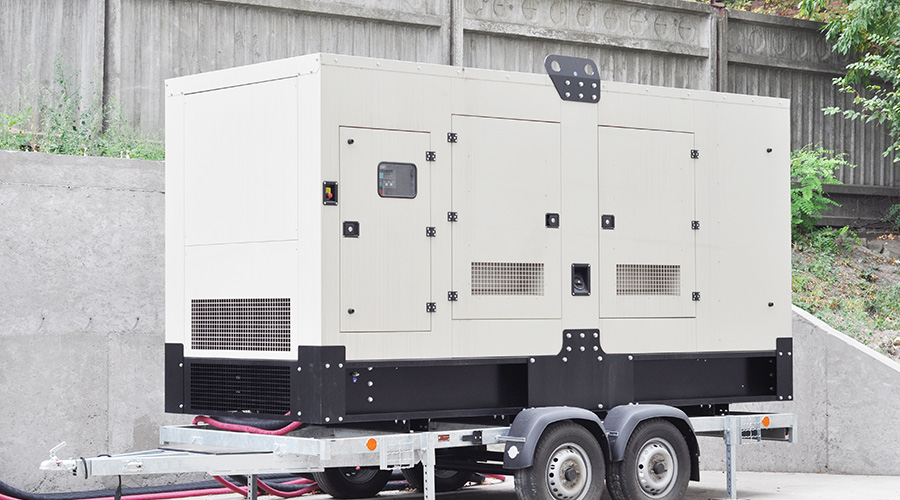New data gathered through the Centers for Disease Control and Prevention (CDC)'s National Healthcare Safety Network (NHSN) gives patients a first look at how their local hospitals are doing at preventing clostridium difficile infections and methicillin-resistant Staphylococcus aureus (MRSA) bloodstream infections, according to an article on the Infection Control website. The data was collected as part of the Centers for Medicare & Medicaid Services' (CMS) Hospital Inpatient Quality Reporting (IQR) Program and is available on the Hospital Compare website.
The numbers represent only the first quarter of 2013. The next update, which will represent six months of data, is scheduled for April 2014, the article said.
C. difficile causes at least 250,000 hospitalizations and 14,000 deaths every year, and was recently categorized by CDC as an urgent threat to patient safety. Although still a common and severe threat to patients, invasive MRSA infections in healthcare settings appear to be declining. Between 2005 and 2011 overall rates of invasive MRSA dropped 31 percent, according to the article.
The Hospital Compare website only reflects hospital-onset infections, which are defined as those detected after patients are hospitalized for a minimum of three days.
CDC and CMS provide hospitals with the training and tools to help prevent healthcare-associated infection. Hospitals are encouraged to participate in a variety of federal healthcare-associated infection prevention efforts, including those made available through state health departments, CMS Quality Improvement Organizations, and Partnership for Patients Hospital Engagement Networks, the article said.
Read the article.

 The Fatal Flaws in Active Shooter Response in Healthcare Facilities
The Fatal Flaws in Active Shooter Response in Healthcare Facilities Utah Hospital Outage Highlights Backup Power and Resiliency Challenges
Utah Hospital Outage Highlights Backup Power and Resiliency Challenges Ground Broken on New North Dakota State Hospital
Ground Broken on New North Dakota State Hospital Form Your Pit Crew: Key Takeaways From the 2025 Healthcare Innovations Conference
Form Your Pit Crew: Key Takeaways From the 2025 Healthcare Innovations Conference Glens Falls Hospital Caught Up in Oracle Health Data Breach
Glens Falls Hospital Caught Up in Oracle Health Data Breach